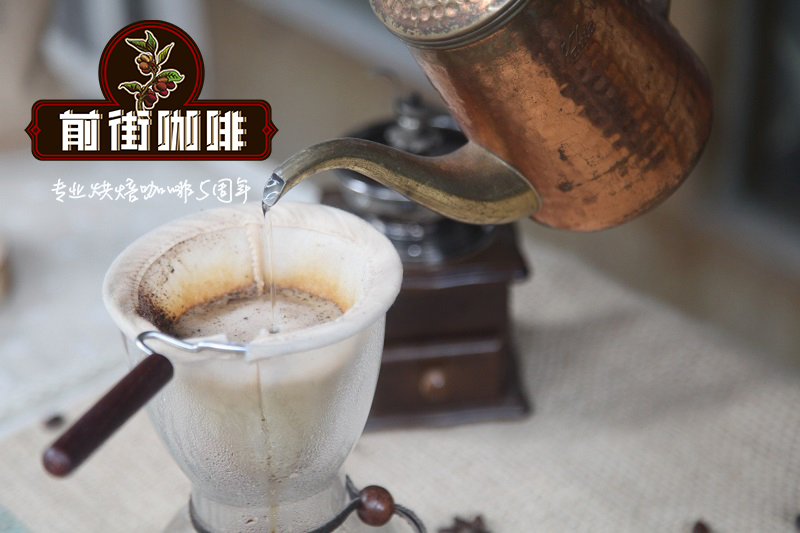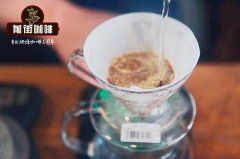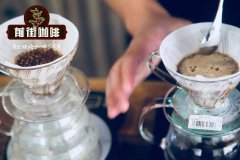Flavor characteristics of Burundian Luna Sippon Coffee beans Information introduction to Nyarunazi Lunaxi Cooperative

Professional coffee knowledge exchange more coffee bean information please follow the coffee workshop (Wechat official account cafe_style)
The African Burundian coffee comes from the Nyarunasi Cooperative, which is made up of more than 8000 family farms. 10 to 200 coffee trees are planted on each farm. Of the 539 members of the Nyarunasi Cooperative, 148 are women. The cooperative is located in Muramvya province. One of the priorities of cooperatives is to improve the living standards of coffee producers.
Burundi is the result of major development projects of the World Bank and Michigan State University and is a new member of suppliers of high-quality specialty coffee.
Kiryama is the name of a private laundry station / wet mill in the Kayanza region of northern Burundi, which collects and processes this coffee near the border with Rwanda. In Burundi, all coffee is processed and sold at water washing stations. This is where the coffee is washed and processed-removing the skin, fermenting and drying on a raised bed. The traditional processing method here is to soak the coffee and "dry and ferment" for 12 hours, then fully wash it with clean landscape for 12 to 24 hours, finally soak for 12 to 18 hours, and then dry the raised bed on parchment. Beans grown exclusively by farmers in small areas are themselves bourbon grape varieties or bourbon wine derivatives, such as Jackson and Mibizi. The Kiryama washing station is located at 1760 meters, about 5800 feet.
In Burundi, most coffee is grown by subsistence farmers. In fact, in this small country of only 9 million people, about 800000 families grow up or participate in coffee; it accounts for 80 per cent of Burundi's export earnings. Almost all of these are Arabica coffee and bourbon grape varieties. Farmers grow crops for their food supplies, but they also grow some cash crops, such as coffee. Most farms have 50 to 250 trees and only a few bags of coffee. Once the coffee is picked, it must be rushed to the local laundry station.
Baking instructions: strong, dense bourbon can be roasted between the city + lowest end and Viennese, which can be used as a single espresso. But in our opinion, the best way to bake and use is French pressing or dripping and roasting the whole city. Pull at the beginning of the second crack, some high notes will appear, and the chocolate aspect will be well defined.
An unusual African Burundian coffee with a medium velvety body and low acidity.
Some spice characteristics of cloves, cinnamon and cocoa. A full-bodied coffee.
AROMA: molasses, golden raisins; flavor: there is a bright fruit taste in front, delicious.
Creamy body, sweet fruit finish; VARIETAL: bourbon
The cup taste of this coffee shows the delicacy of milk chocolate with wonderful fruit flavours of lemon and orange. This is the roasting medium of Viennese, which can bring out the best coffee.
END
Important Notice :
前街咖啡 FrontStreet Coffee has moved to new addredd:
FrontStreet Coffee Address: 315,Donghua East Road,GuangZhou
Tel:020 38364473
- Prev

Bob Burundian Gatru Maruna West Sun bourbon Coffee Bean introduction _ Burundian Coffee Bean roasting
For more information on coffee beans, please follow the Coffee Workshop (official Wechat account cafe_style). This Burundian coffee comes from a private farm and wet mill in the village of Gaterama in Gitega. The Mubalazi River passes through the area, providing clean water for wet treatment, although the honey process uses very few resources. This area is limited, mainly using bourbon.
- Next

How do Burundian coffee beans are made in the sun? bourbon coffee is made by hand at Pemba processing plant in Cayanza province, Burundi.
Professional coffee knowledge exchange more coffee bean information please follow coffee workshop (Wechat official account cafe_style) beans: Burundian coffee beans Cayanza province Pemba processing plant production area information: Cayanza province Pemba treatment plant / bourbon / 1750 m treatment: sun / medium-shallow baking grinding degree: 3.5g powder: 15g powder / water ratio: 1Rod 16.6water temperature: 93 degree filter cup: V60
Related
- Detailed explanation of Jadeite planting Land in Panamanian Jadeite Manor introduction to the grading system of Jadeite competitive bidding, Red bid, Green bid and Rose Summer
- Story of Coffee planting in Brenka region of Costa Rica Stonehenge Manor anaerobic heavy honey treatment of flavor mouth
- What's on the barrel of Blue Mountain Coffee beans?
- Can American coffee also pull flowers? How to use hot American style to pull out a good-looking pattern?
- Can you make a cold extract with coffee beans? What is the right proportion for cold-extracted coffee formula?
- Indonesian PWN Gold Mandrine Coffee Origin Features Flavor How to Chong? Mandolin coffee is American.
- A brief introduction to the flavor characteristics of Brazilian yellow bourbon coffee beans
- What is the effect of different water quality on the flavor of cold-extracted coffee? What kind of water is best for brewing coffee?
- Why do you think of Rose Summer whenever you mention Panamanian coffee?
- Introduction to the characteristics of authentic blue mountain coffee bean producing areas? What is the CIB Coffee Authority in Jamaica?

